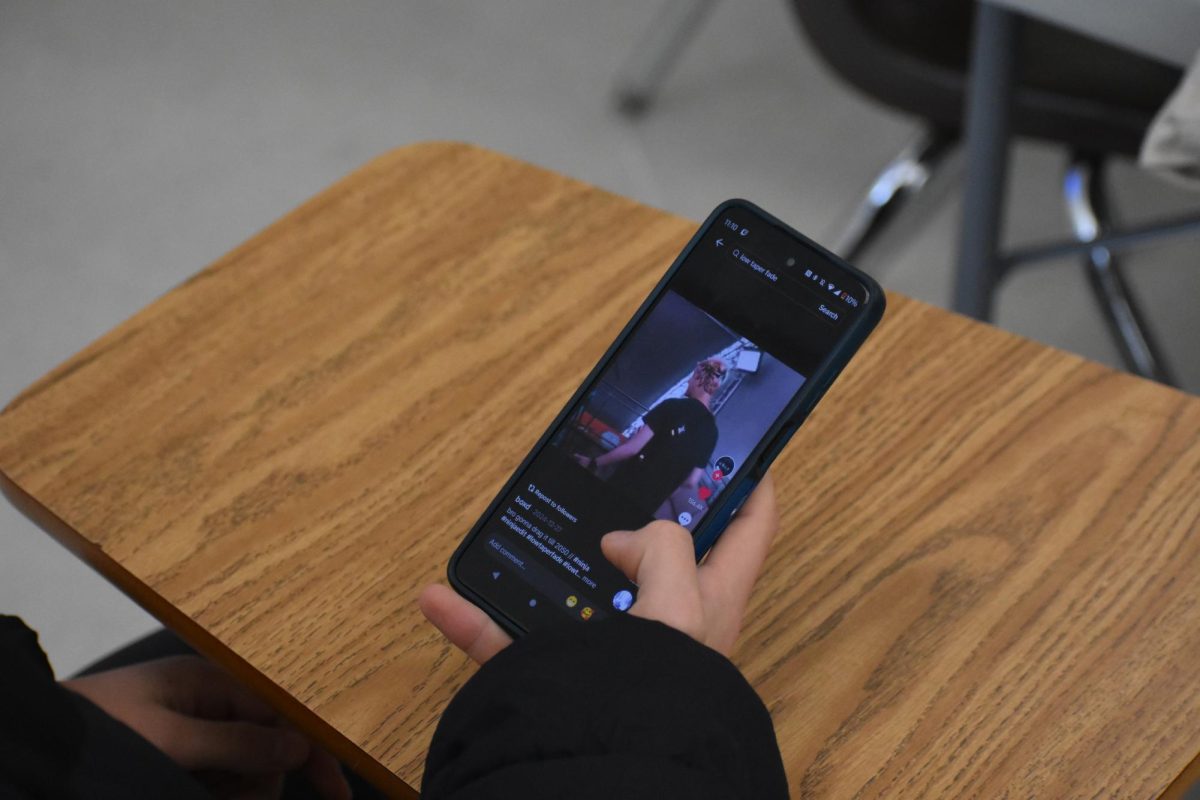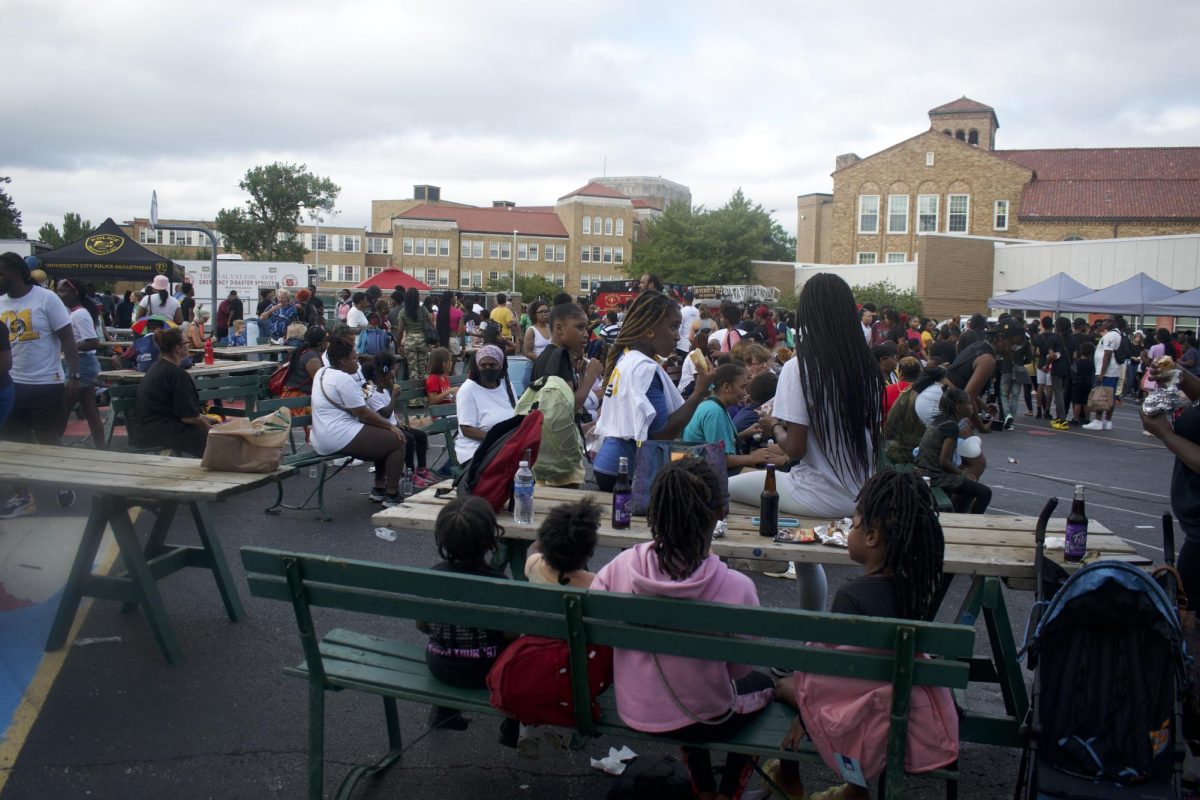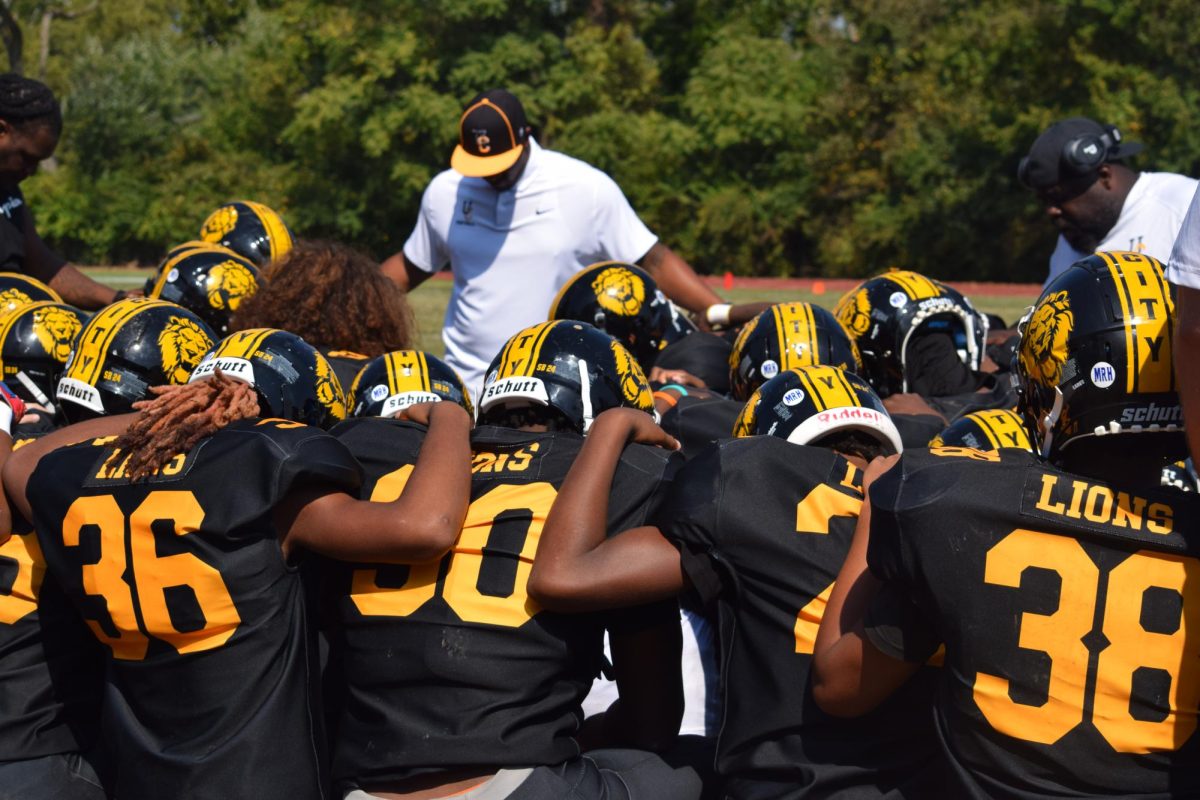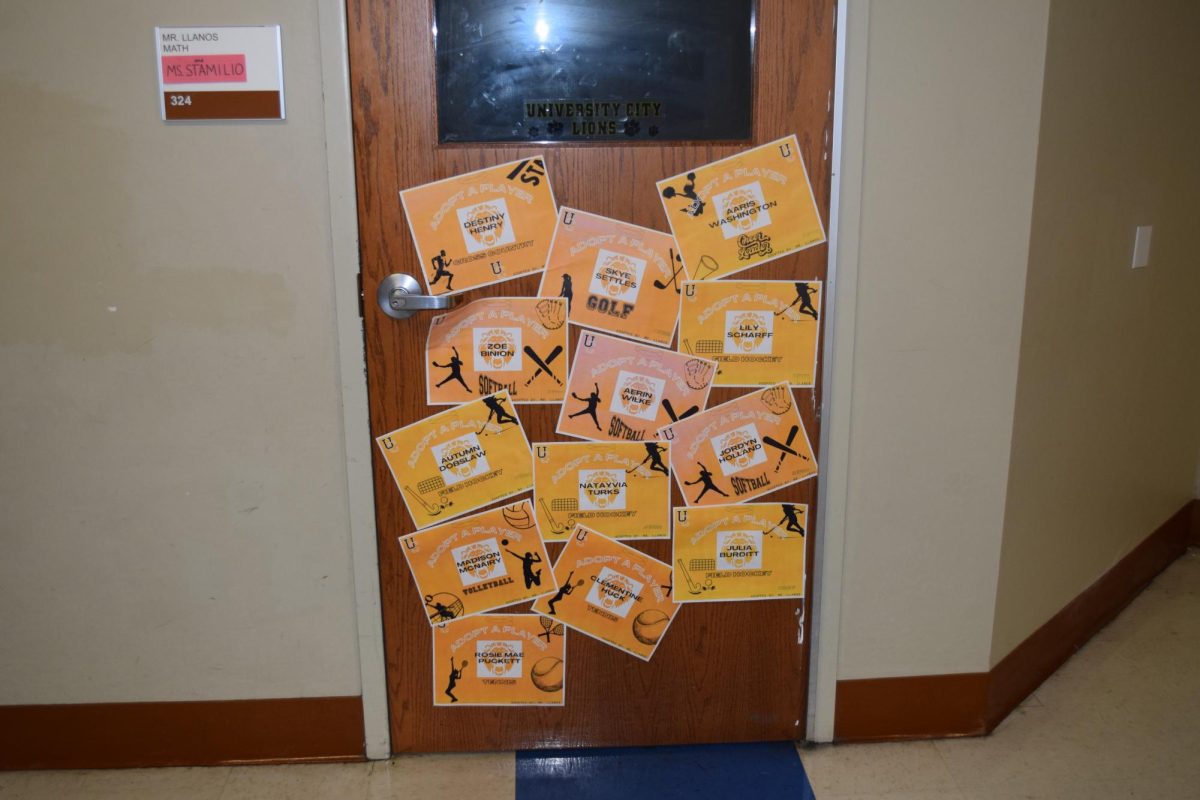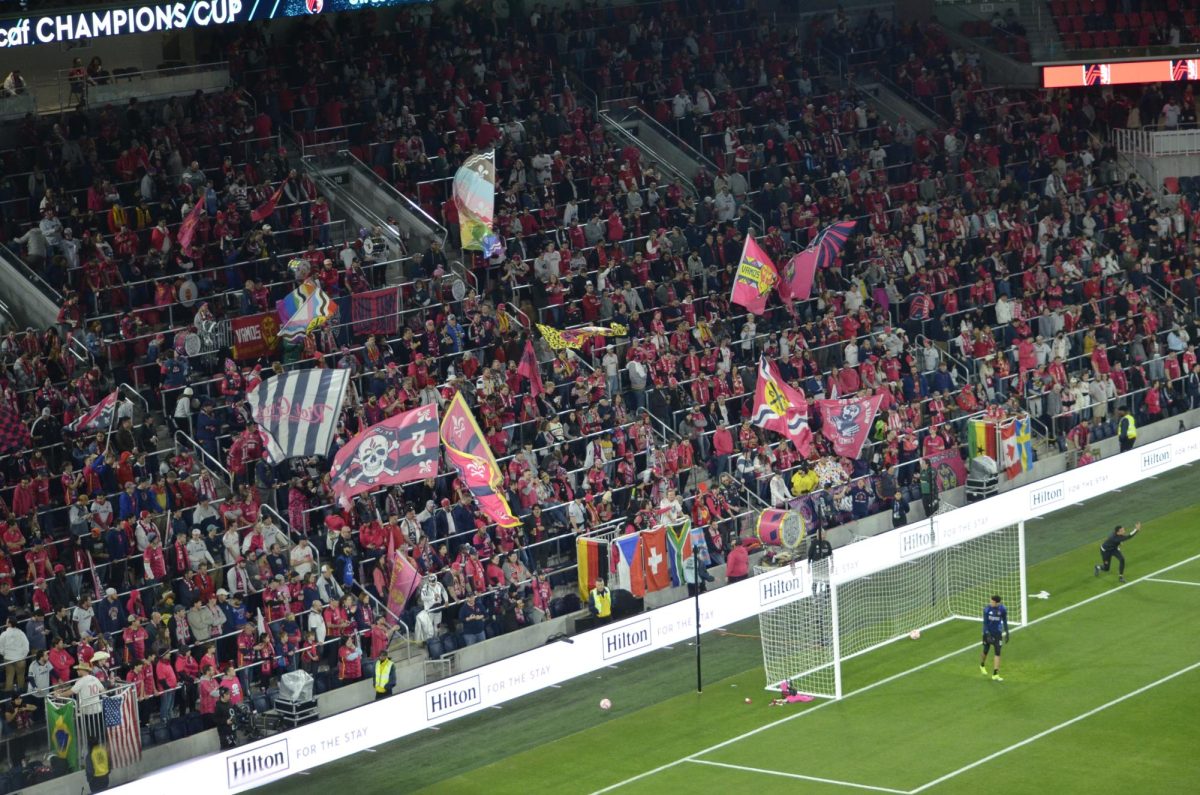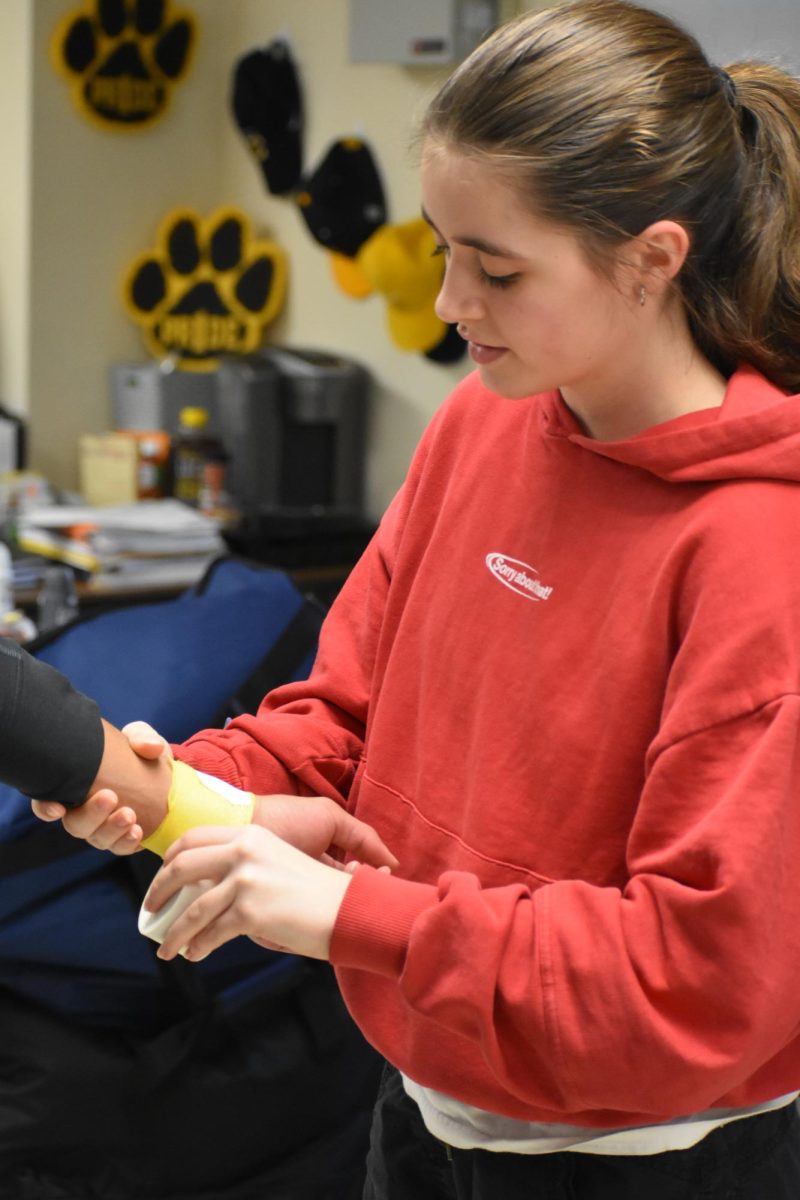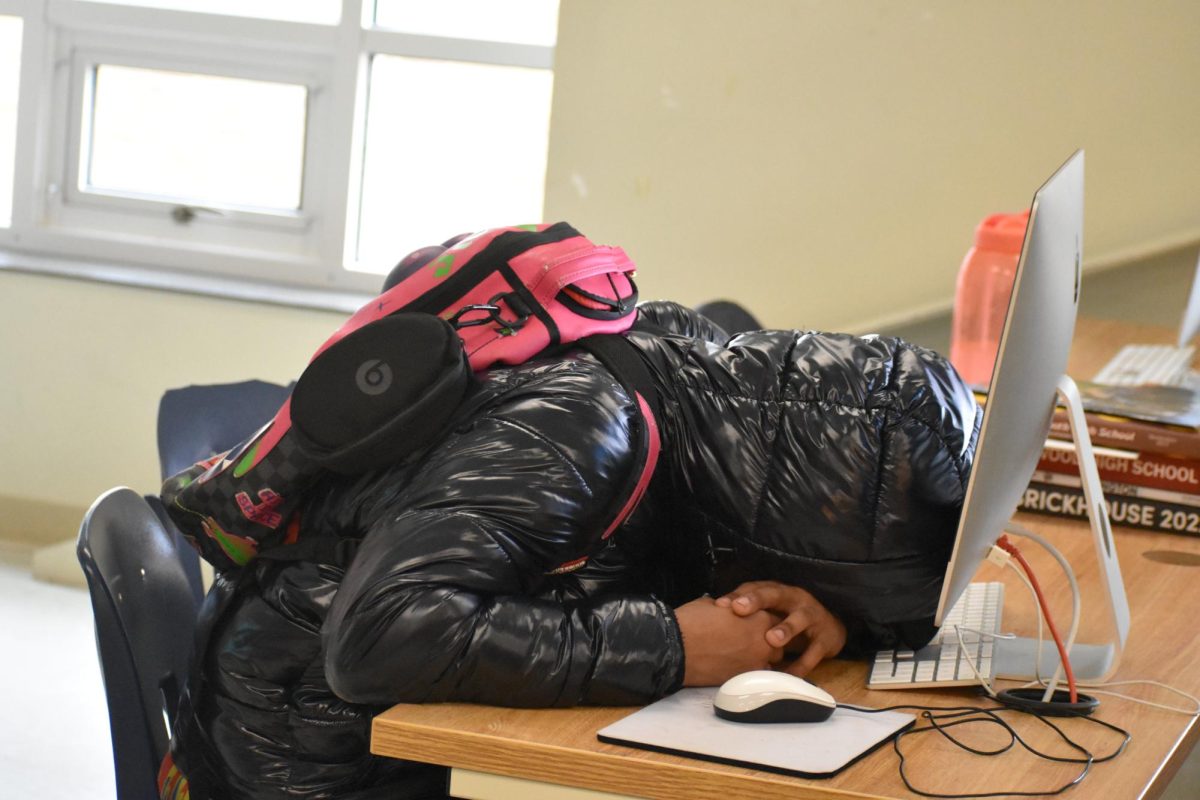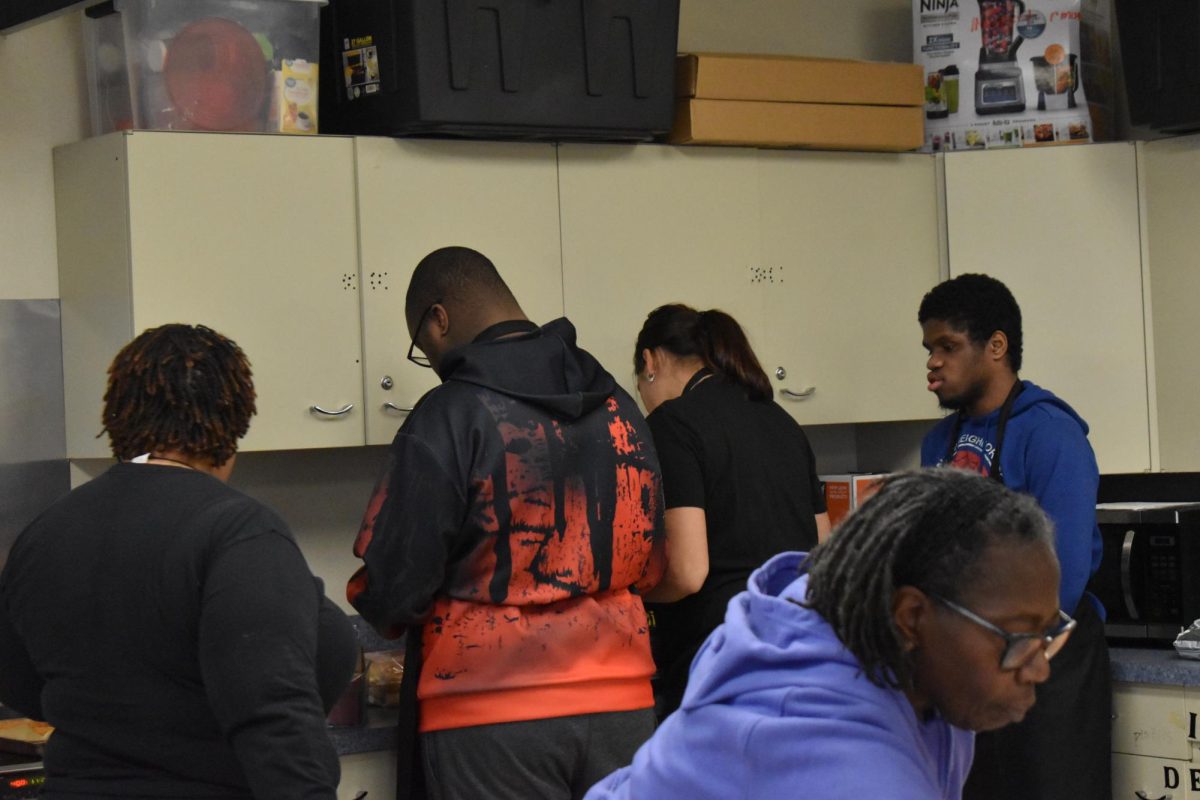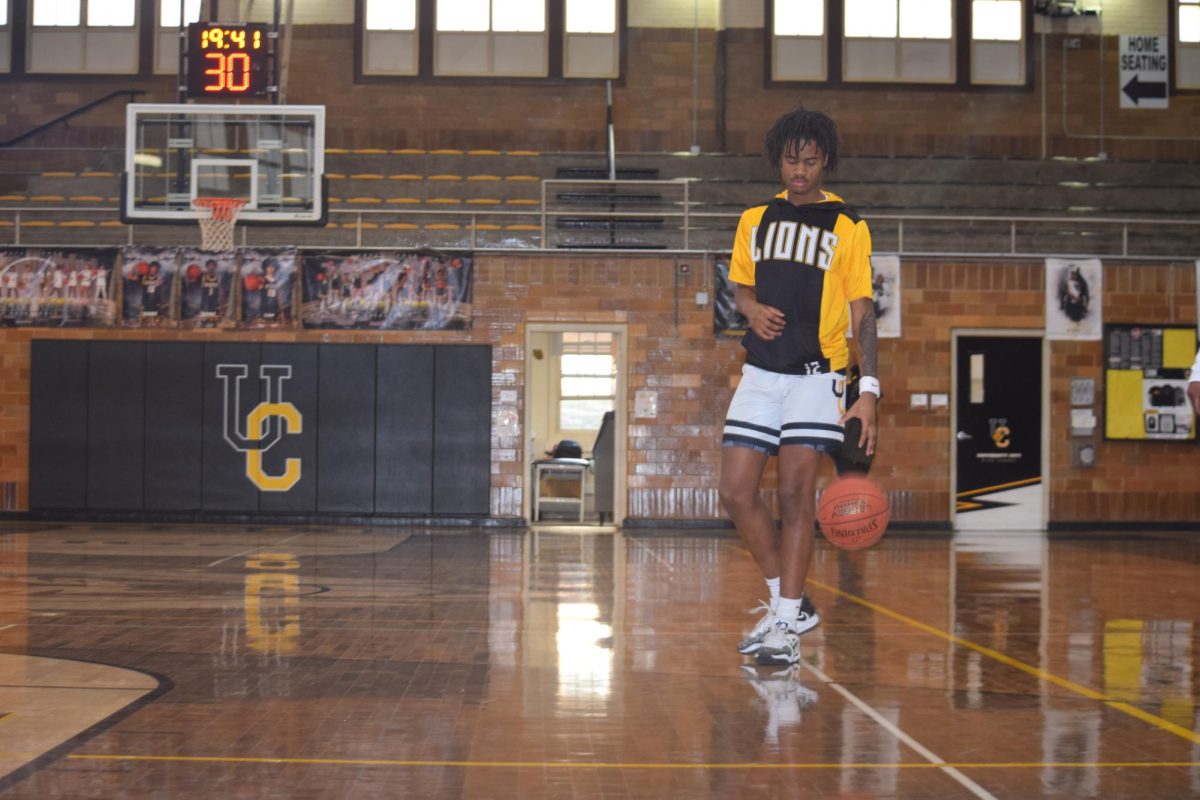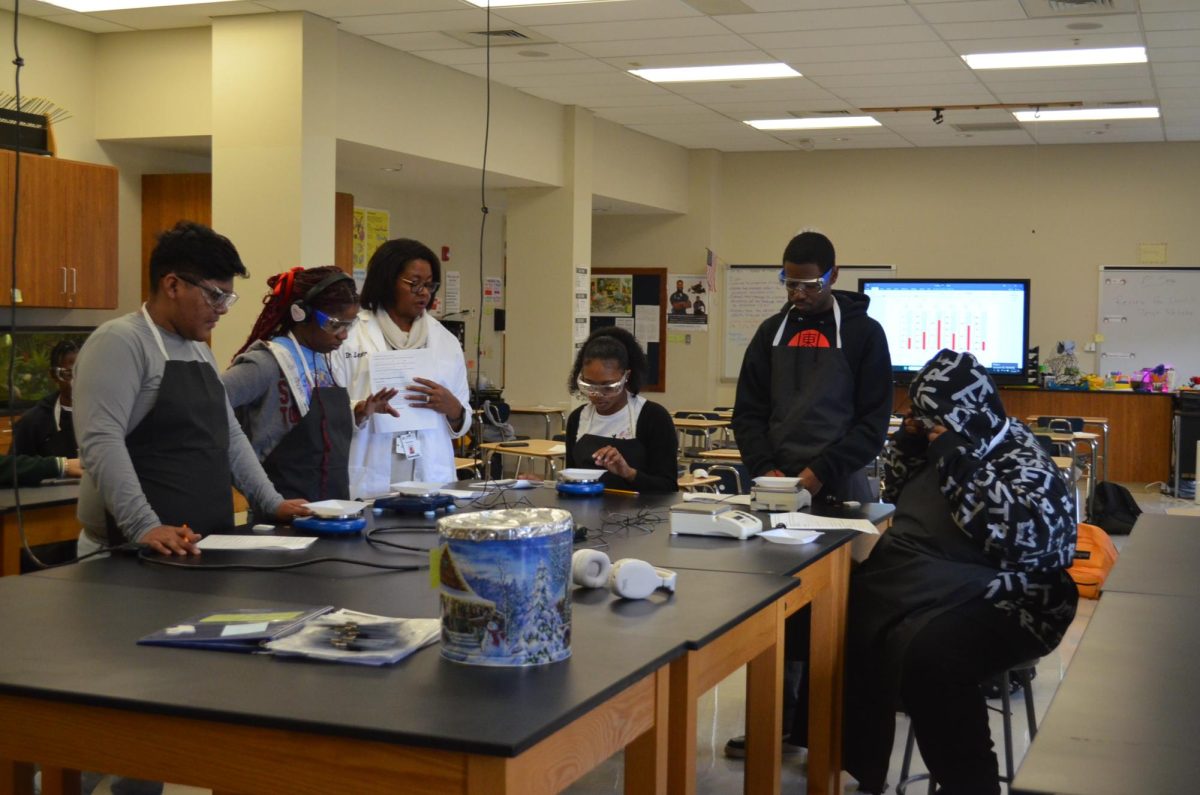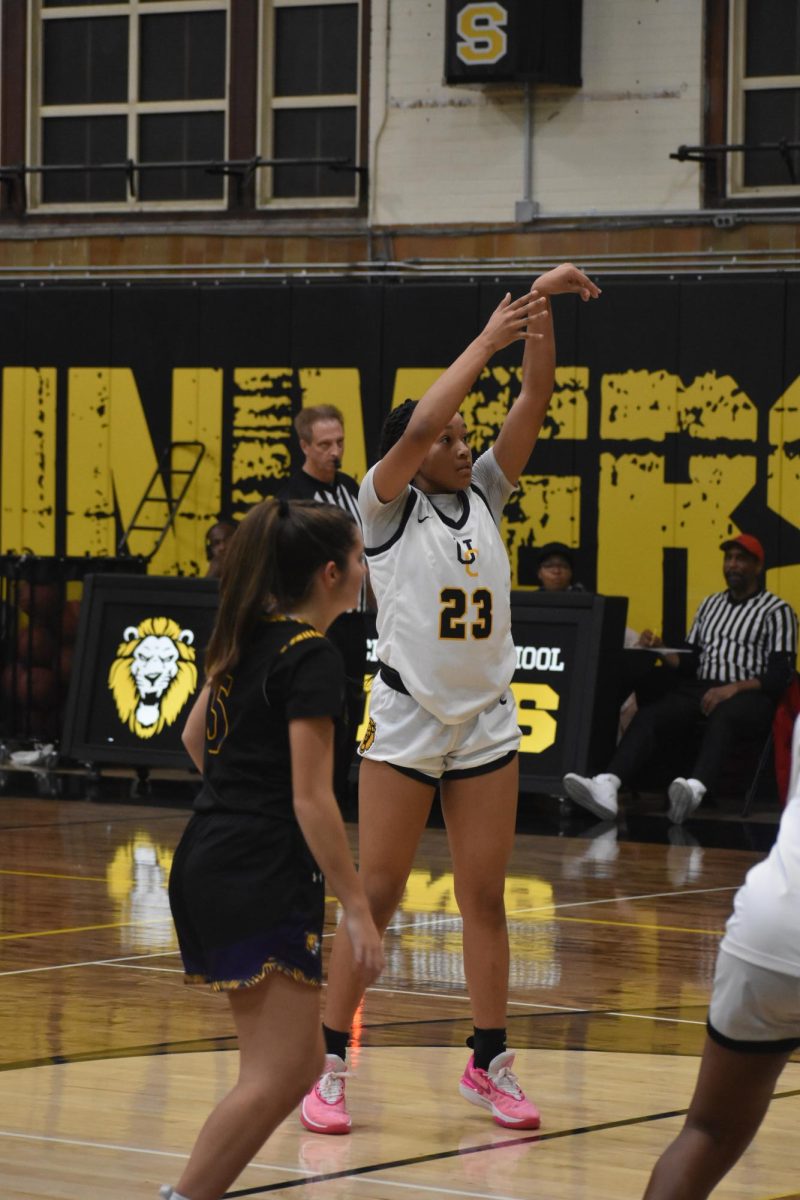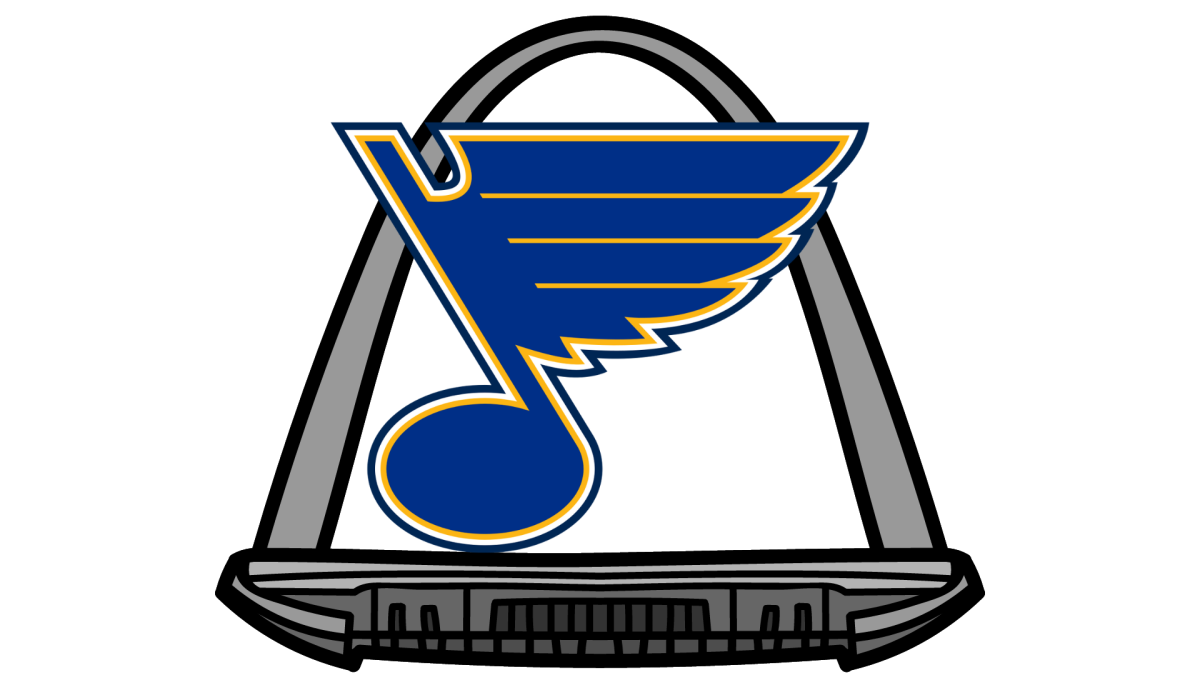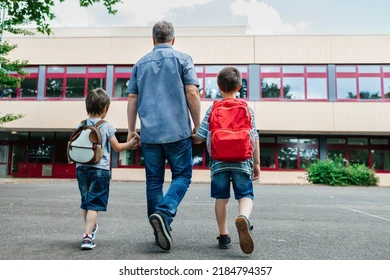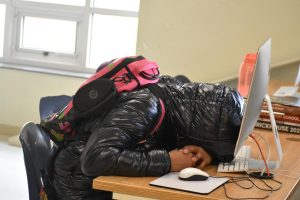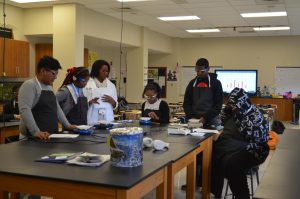Restorative justice gets implemented in schools
April 4, 2017
There is a new practice sweeping schools and classrooms across the country called restorative justice. The main goal of this is to lower suspension rates, and work through problems instead of forcing a punishment without knowing all the background information.
Restorative justice makes a direct connection from the wrongdoing to the consequence. Instead of an automatic suspension a student undergoes a series of interviews so they can face what they’ve done and the interviewers get a better understanding of the situation. It also brings more attention to the victim, instead of just focusing on the wrongdoer. In addition, the practice hopes to teach the kids that there are consequences for their actions and they need to face the music.
“It makes a direct connection to the wrong doing and the consequence,” Matthew Tuths, Latin teacher, said.
Along with Tuths, Jacob Videmschek, English teacher, and Janet Curry, social studies teacher, attended a summer training program for this very topic so teachers and administrators can integrate it into the discipline practices.
The seed for the idea was planted when U. City participated in a study with Washington University. Students, administrators, and teachers involved were separately interviewed, and the anonymous transcripts were then presented to the teachers to gain a better understanding of what students expected in school.
Tuths explained that one of the goals for restorative justice is to lessen suspensions.
“While suspensions are necessary at times, restorative justice shows that it doesn’t actually help,” Tuths said.
The teachers involved hope to have more restorative practices in place at the school by next year, and in the next two years or so include the full restorative justice program.

